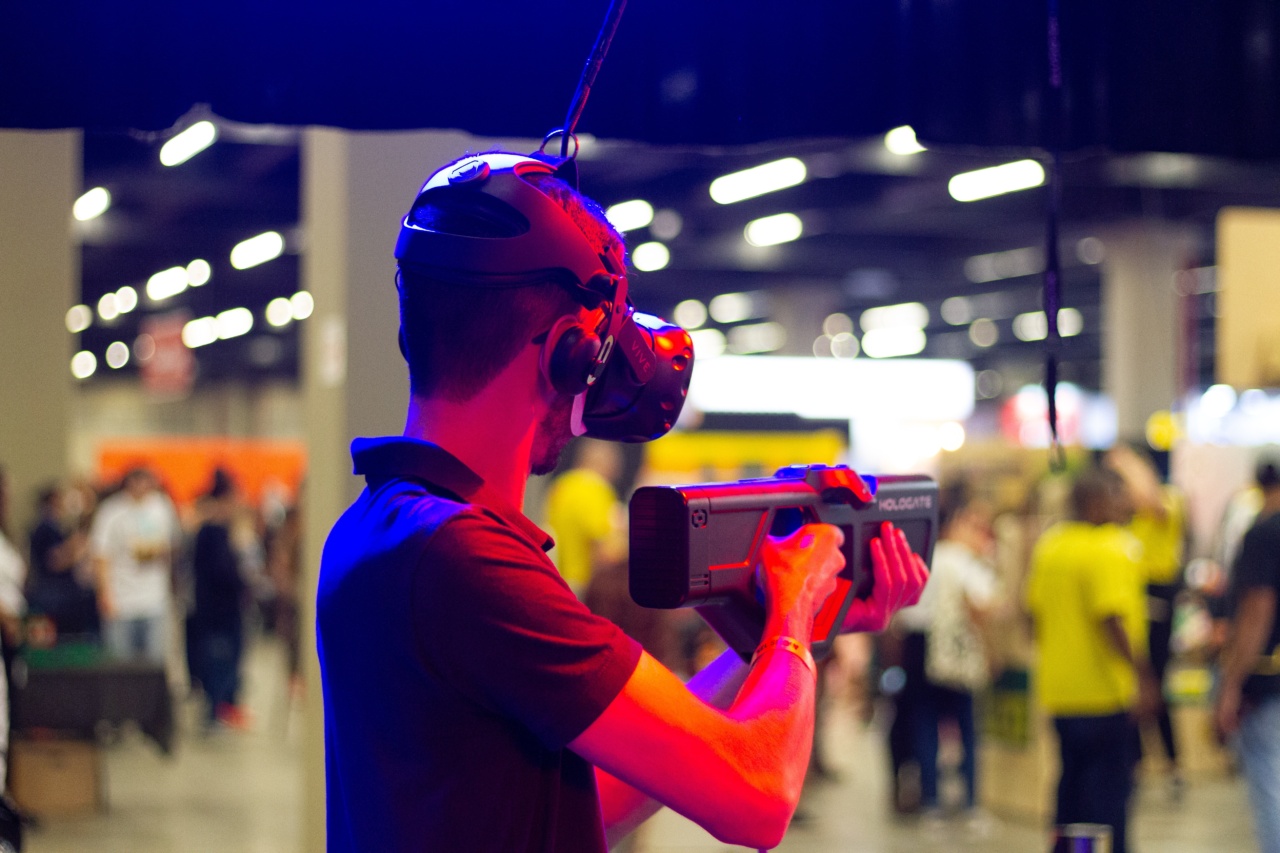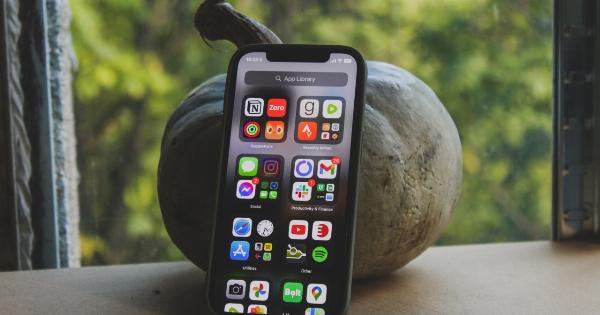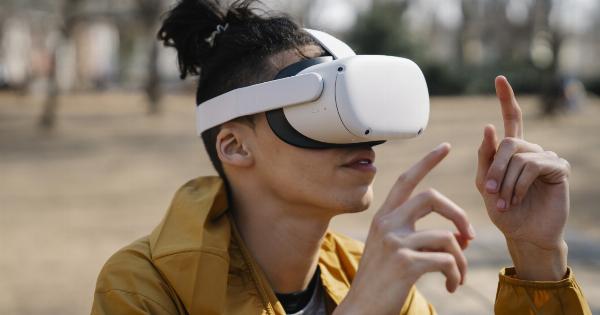Visual impairment is a disability that affects millions of people worldwide. It can significantly impact a person’s ability to navigate and interact with their environment.
However, with the advent of smart technology, there have been groundbreaking innovations that are revolutionizing the lives of patients with visual impairments. These innovations are empowering individuals to lead more independent and fulfilling lives.
The Rise of Smart Assistive Devices
Smart assistive devices, such as smartphones and wearable technology, have become increasingly popular among individuals with visual impairments.
These devices offer a wide range of features and applications specifically designed to enhance accessibility and improve the overall quality of life for patients.
Voice-Activated Assistants
One of the most notable advancements in smart technology is the development of voice-activated assistants, such as Amazon’s Alexa and Apple’s Siri.
These virtual assistants can perform a variety of tasks through voice commands, including reading messages, setting reminders, and providing directions. For patients with visual impairments, voice-activated assistants have become indispensable tools for managing daily activities with ease and efficiency.
Navigation and Obstacle Detection
Smart technology has also made significant strides in the field of navigation and obstacle detection. GPS-enabled applications and devices can now provide precise guidance to users, ensuring they can navigate unfamiliar environments confidently.
These applications can also alert users to potential obstacles, such as curbs or steps, helping them avoid accidents and improve their independence.
Braille Displays and E-Readers
Another breakthrough in smart technology for patients with visual impairments is the development of Braille displays and electronic readers.
These devices can convert texts into Braille, allowing individuals with visual impairments to read with their fingertips. E-readers equipped with text-to-speech capabilities further enhance accessibility by enabling users to listen to books and documents in audio format.
Object Recognition Technology
Object recognition technology has provided a tremendous benefit to individuals with visual impairments.
Using smartphones or smart glasses equipped with cameras, patients can take pictures of their surroundings, and the software can identify and describe the objects present. This technology fosters independence by enabling users to recognize and interact with their environment more effectively.
Assistive Apps for Daily Living
There is a growing number of assistive applications available for smartphones that cater specifically to the needs of individuals with visual impairments.
These apps cover a wide range of functionalities, including magnification, color contrast adjustment, and text-to-speech conversion. With these apps, patients can easily access information, read documents, and engage in various daily activities more efficiently.
Virtual Reality for Rehabilitation
Virtual reality (VR) technology has emerged as a powerful tool for visual rehabilitation. Patients with visual impairments can use VR headsets to engage in immersive training sessions that simulate real-life scenarios.
These sessions can help individuals develop or regain essential visual skills, such as focusing, tracking, and peripheral awareness. VR technology offers a safe and controlled environment for rehabilitation, promoting faster progress and increased independence.
Enhanced Accessibility in the Workplace
Smart technology has significantly enhanced accessibility for individuals with visual impairments in the workplace.
From screen readers that vocalize on-screen content to specialized software that magnifies text and adjusts color contrast, employees with visual impairments can now perform their tasks more effectively. These advancements contribute to a more inclusive work environment, promoting equality and equal opportunities for all.
Impact on Education
Smart technology is transforming the way visually impaired students access education. Schools and universities are embracing accessible digital resources, such as e-books and online learning platforms.
These resources can be easily accessed using assistive technology, empowering students to participate actively in classrooms and acquire knowledge on an equal footing with their peers. Additionally, text-to-speech technology and Braille displays make it easier for students to access course materials and engage in independent study.
The Future of Smart Technology for Visual Impairments
The possibilities for smart technology to assist individuals with visual impairments are continually expanding.
Researchers are exploring cutting-edge technologies such as artificial intelligence and machine learning to develop even more advanced solutions for this community. The future holds great promise for smart technology to further enhance the lives of patients with visual impairments, making it possible for them to overcome barriers and thrive in an ever-evolving digital world.


























